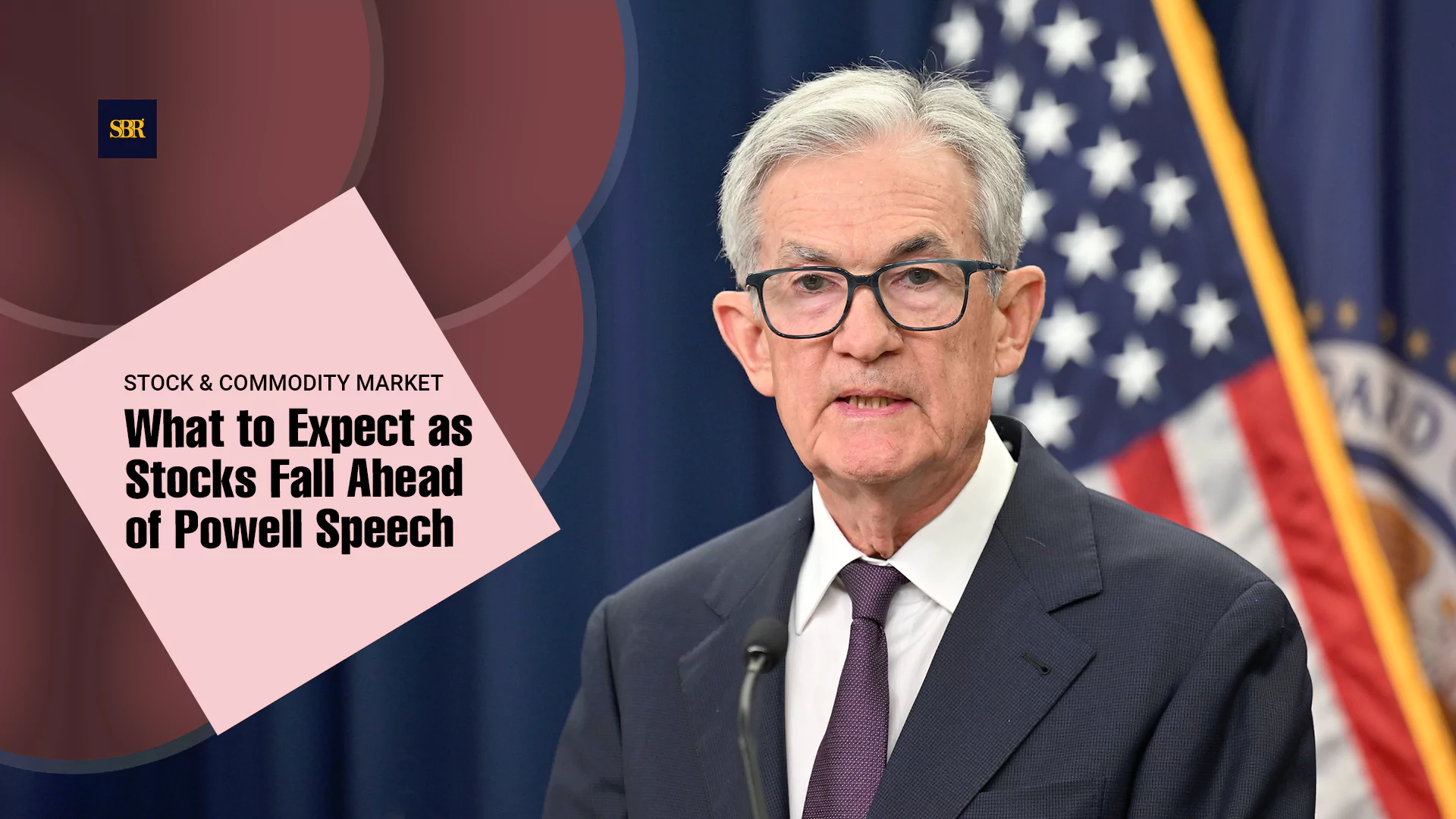Gold Jumps 1% as Investors Brace for U.S. Jobs and Inflation Data
Bullion gains ground as investors position defensively ahead of major U.S. economic reports that could influence interest-rate expectations.

(Photo: SBR)
WASHINGTON, Nov. 19, 2025 — Gold has risen about one percent as markets adopt a cautious stance ahead of major U.S. economic releases. In recent trading sessions, investors have increased allocations to the yellow metal, highlighting its role as a traditional safe haven. Much of this demand is rooted in uncertainty regarding upcoming jobs and inflation data and the implications these reports may have for U.S. interest-rate policy. Market participants are positioning themselves to balance potential risks and rewards, with gold functioning as a protective asset. If economic data underperform expectations, gold could benefit from anticipation of looser monetary policy. Conversely, stronger-than-expected figures could reinforce concerns about tighter rates, tempering some of the gains in bullion.
The Drivers Behind Gold’s Safe-Haven Appeal
Economic uncertainty and mixed signals from the labor market have encouraged investors to seek security in gold. Recent volatility in inflation readings has added to caution, leaving markets unsure about the pace of interest-rate adjustments by the Federal Reserve. Gold often attracts buyers during such periods because it does not yield interest and retains value even in fluctuating market conditions. Investors have increasingly viewed it as a form of insurance against potential volatility or slower economic growth. The combination of risk-averse sentiment, inflation concerns, and rate uncertainty has created a favorable environment for gold accumulation.
Market Scenarios and Gold’s Outlook
Upside Drivers: Weaker-than-expected employment or inflation data could strengthen gold demand. Slower growth or subdued inflation would likely encourage market participants to anticipate a more accommodative policy stance from the Federal Reserve, increasing the attractiveness of safe-haven assets. Investors may respond to these signals by maintaining or expanding their gold positions.
Downside Risks: Stronger-than-expected jobs figures or persistent inflation could reduce gold’s appeal. Positive surprises may boost expectations for tighter monetary policy and strengthen the U.S. dollar, raising the opportunity cost of holding non-yielding gold. These developments could lead to short-term profit-taking in bullion markets, though longer-term trends will remain sensitive to ongoing economic and geopolitical conditions.
Economic Data and Market Positioning
Attention is firmly on the upcoming U.S. employment and inflation reports. Payroll growth, unemployment levels, and wage trends will provide important insights into economic momentum. Inflation readings will influence expectations of the Federal Reserve’s approach to interest rates, shaping both domestic and international market behavior. Beyond headline numbers, markets are observing underlying trends such as labor force participation and core inflation components.
The current environment has highlighted gold’s role as a barometer of investor sentiment. Global uncertainties, currency fluctuations, and geopolitical developments are reinforcing its safe-haven appeal. Investors continue to monitor signals from central banks and economic indicators to adjust positions accordingly. While gold may experience short-term swings, its performance reflects broader market caution and the desire for protective holdings during periods of uncertainty.
Gold’s recent rally illustrates a careful balancing act. Investors are not seeking aggressive gains but are prioritizing security amid market unpredictability. The combination of employment and inflation data, interest-rate expectations, and broader macroeconomic trends is likely to guide gold activity in the near term. Market participants are positioning defensively, and bullion continues to function as a hedge against risk and volatility. The safe-haven demand for gold demonstrates the persistent role of the metal in providing stability and confidence as markets navigate economic uncertainty.
Investors are turning to gold to hedge against risk while key U.S. labor and inflation data loom.
Inputs from Diana Chou
Editing by David Ryder







